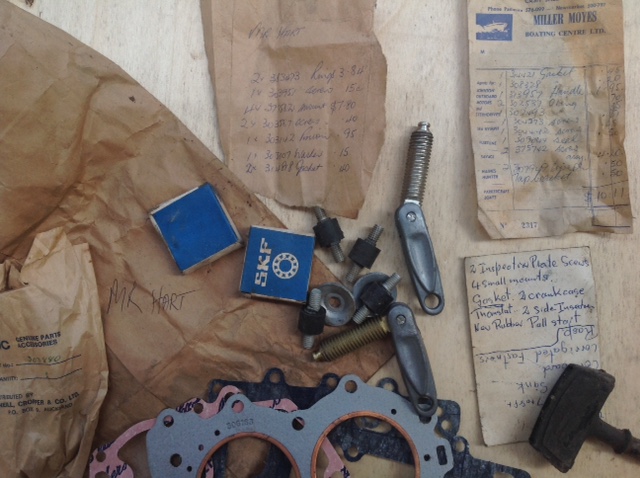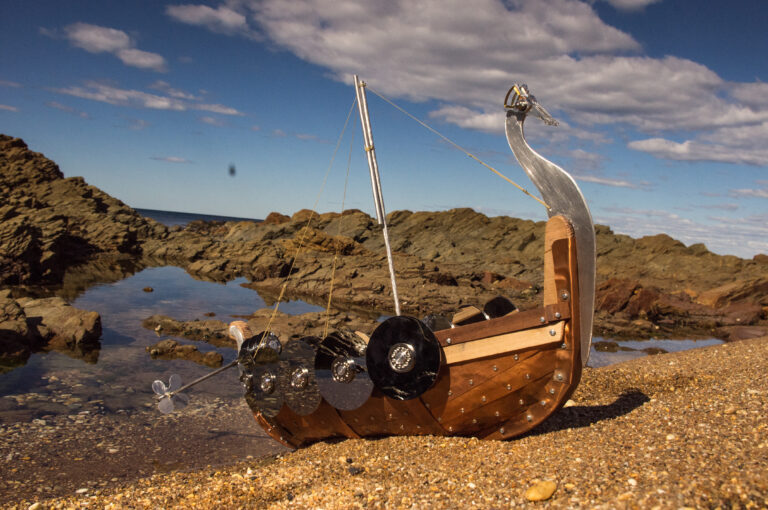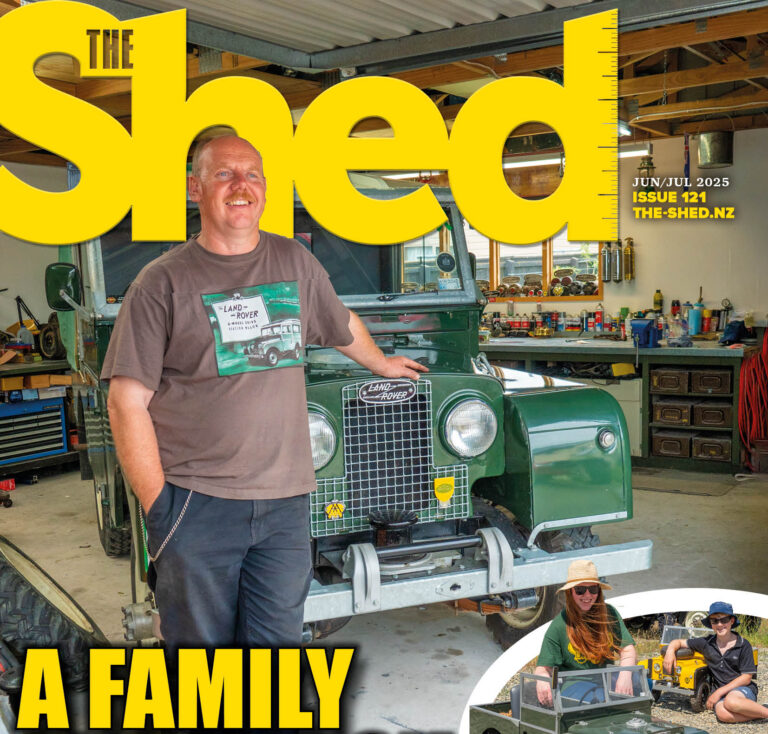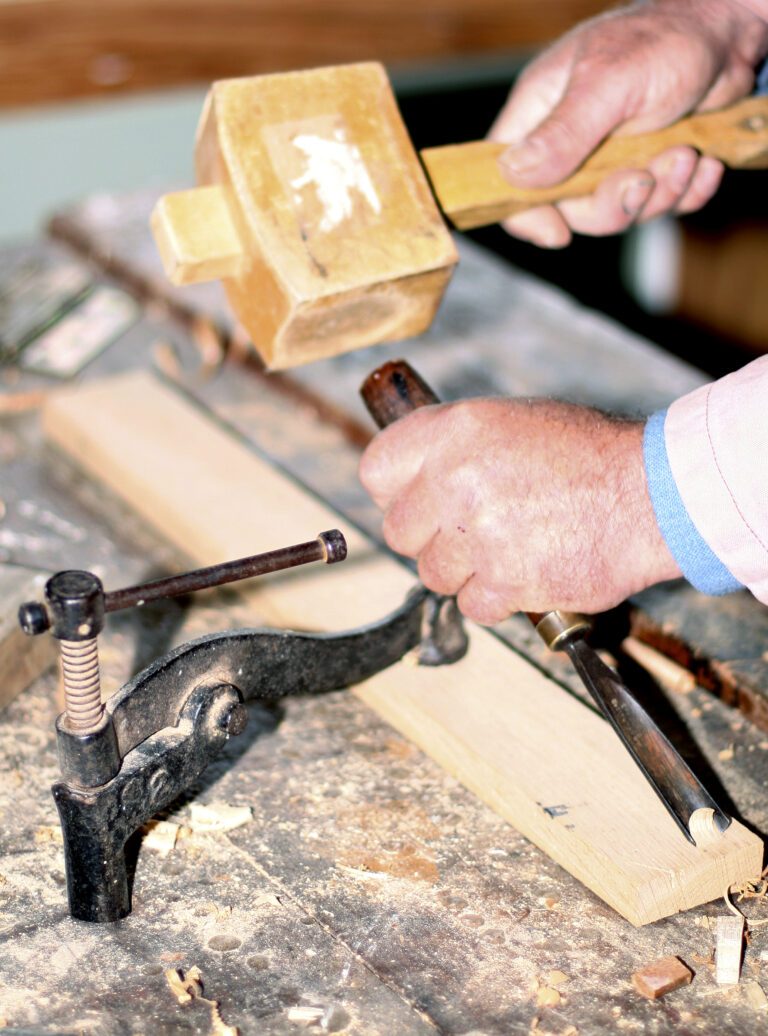We got this email from a Shed reader who was sent a project from another Shed reader, the rebuild of a 1971 Johnson 25hp outboard motor.
The challenge, to rebuild this outboard from a box of bits
The idea being that this pile of bits would eventually become a backup motor for his fishing boat. So nice to see our readers are thinking of us. Here at The Shed we are already looking forward to the restored engine article.
Below is the note that came with the engine, the Sheddies names have been deleted.
“As mentioned earlier, herewith the old Johnson outboard from dad’s shed. Make of it what you will or if you are not inclined or reckon it is not worth the effort or in the too hard basket or whatever, pass it onto someone who may be keen to give it a go, or, simply send it to the tip.
In any event, I reckon it could be a good article for The Shed magazine so if you or someone else wants to give it a go and give it a Lazarus type resurrection or rebirth, maybe take some photos for a Shed article as you go along.
Kind regards and cheers to all.”
Onya fellas.
Lets hope all the parts are here
Even the newspaper wrapping the parts is from the 1970s

The jigsaw building begins



